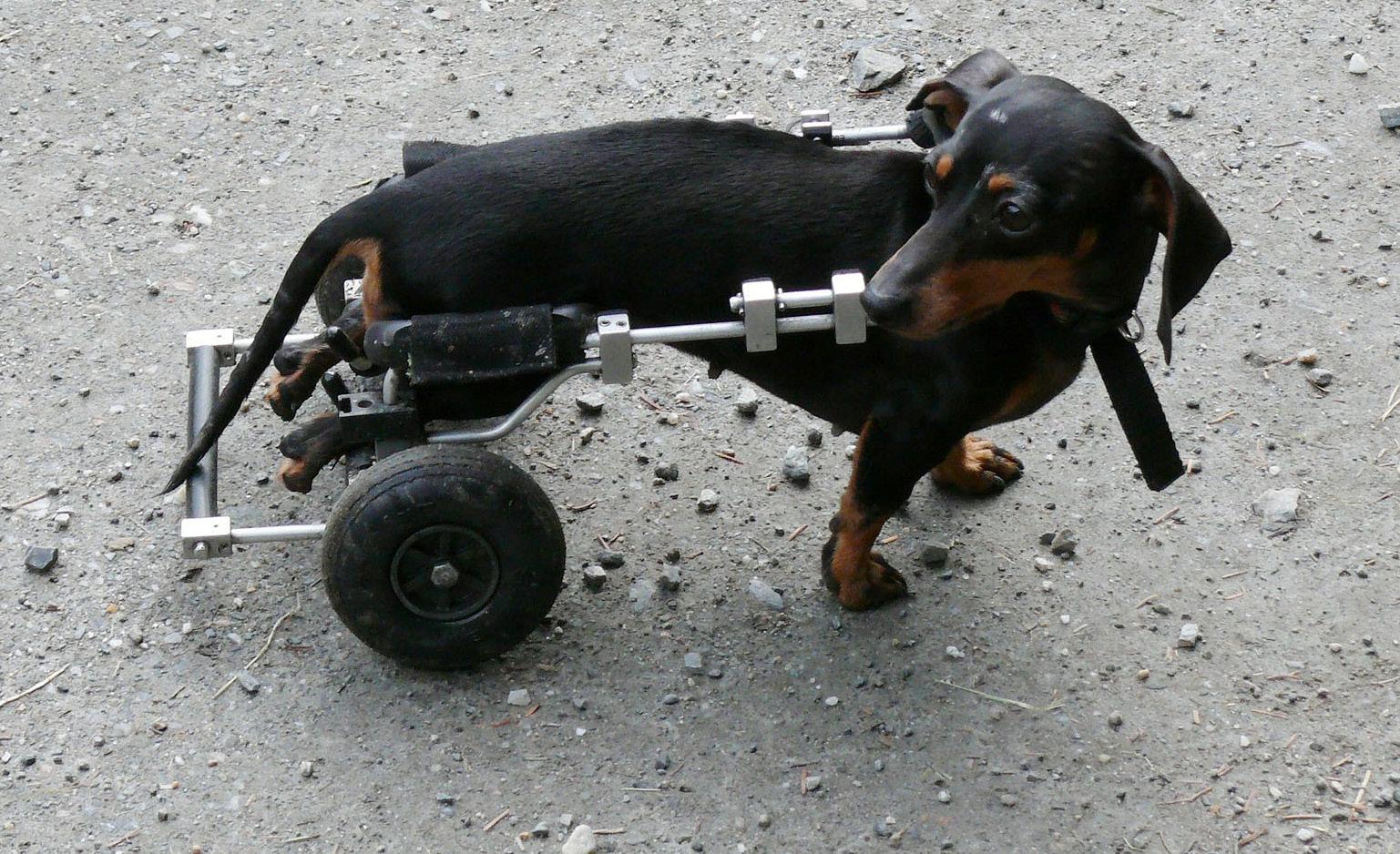
4 minute read
First Aid – Spinal Injuries
First Aid:
SPINAL INJURY TRAUMA
Joanne Bibby – Fursafe®
Spinal cord injuries are a common problem in dogs. Injury to the spine can be as a consequence of a fall from height, road accident trauma, physical abuse trauma, infection, compression from tumour and other medical conditions.
Although every dog is at risk of a spinal injury especially from traumas as mentioned above, breeds with long backs are at greater risk; for example, the Dachshund.
The overall outcome of such a trauma is based on the severity of the damage and the time it takes between ? the injury and getting to advanced veterinary care for surgical intervention.
The spinal cord communicates to and from the brain to create movement, sensation, urination and defecation. The consequences of spinal cord injury include weakness or paralysis, pain and incontinence – a terrible existence for anyone.
As dog owners we must reduce the chances of injury to our dogs. The following safety precautions are very straight forward and yet imperative to ensure our dog remains safe from such an injury.
SAFETY PRECAUTIONS • Always ensure your dog is secured at all times when travelling in the car. Make sure the tether gives enough length for the dog to be comfortable and change position, but not long enough that they can fall out the window.
• Never let your dog walk on the road unless you are supervising and they are on a leash.
• Keep your dog’s leash short when walking along the footpath or crossing the road.
• If you carry your dog, always make sure you have a firm grip or that they are secured in a carrier – if they fall to the ground they are at risk of spinal injury.
• Undertake a weekly health assessment on your dog.
Inspect them from their nose to tail; look, listen, smell and feel for abnormalities.
• Maintain regular Veterinary check-ups.
SIGNS & SYMPTOMS Your dog may show some or all of the following:
• Unable to get up or walk. • Weakness and shaking in legs. • Walking on knuckles, even if you turn back to paw pad it quickly shifts back to knuckles. • Appears disorientated or confused. • Uncontrolled bladder / Incontinence. • Dog feels pain when touched along back or neck. • Unable to move neck or neck appears stiff.



• Spine has a crooked or distorted appearance. • Dog experiences no feeling at area of deformity. • Paralysed.
ACTION Consider spinal injury for all impact trauma to head, neck or body.
1. Undertake Primary Assessment. (a) Monitor your dog’s breathing (b) Monitor their heart beat
2. While waiting for assistance to move dog, calm your dog, talking in a soothing manne. Restrict movement, cover with warm blanket and remain calm yourself.
3. When transporting dog to vet surgery, make sure the head and neck are supported. Make sure dog’s body is supported by a second person.
4. Place dog on a secure surface (e.g. wooden board, small cupboard door that will fit in car). Secure dog on board with towels or cloth, making sure where you tie ends is not near injured area.
5. A technique to put a medium / large dog onto a board: Place board close to dog’s back while lying on the right side. Keeping the dog in a straight position – do not twist – grab loose skin / fur on the back and pull dog toward you and onto the board.
Secure dog in place.
6. For a small dog: As though it was a board or splint, place your arm under the length of the dog’s body, supporting the head at your elbow, hand toward dog’s groin. Keeping dog up against your body and your arm straight and firm, gently lift dog onto board or maintain position to Vet. Do not twist dog’s body.
7. For a tiny dog: Use a splint down the length of your dogs spine, from the back of the head and secure with elastic crepe bandage.
8. Before carrying to car, make sure the car door is open. Position the board, with the dog secured, safely on the back seat. Passenger sits in back supporting dog’s head and neck.
9. Get to vet.
To move a dog with a suspected spinal injury, you will need assistance to transport it to both the car and the Vet.


Reference: Fursafe® Emergency Dog Heat Relief Kit • Transcervical insemination with fresh, chilled and frozen semen. • Semen collection and freezing. • In-house progesterone testing - results in 20 minutes. • Dog and bitch fertility assessment and much more.
Dr Scott Norman BVSc PhD DACT
Registered specialist - veterinary reproduction Dr Jennifer Larsen BVBiol BVSc Ph (07) 3204 4332








